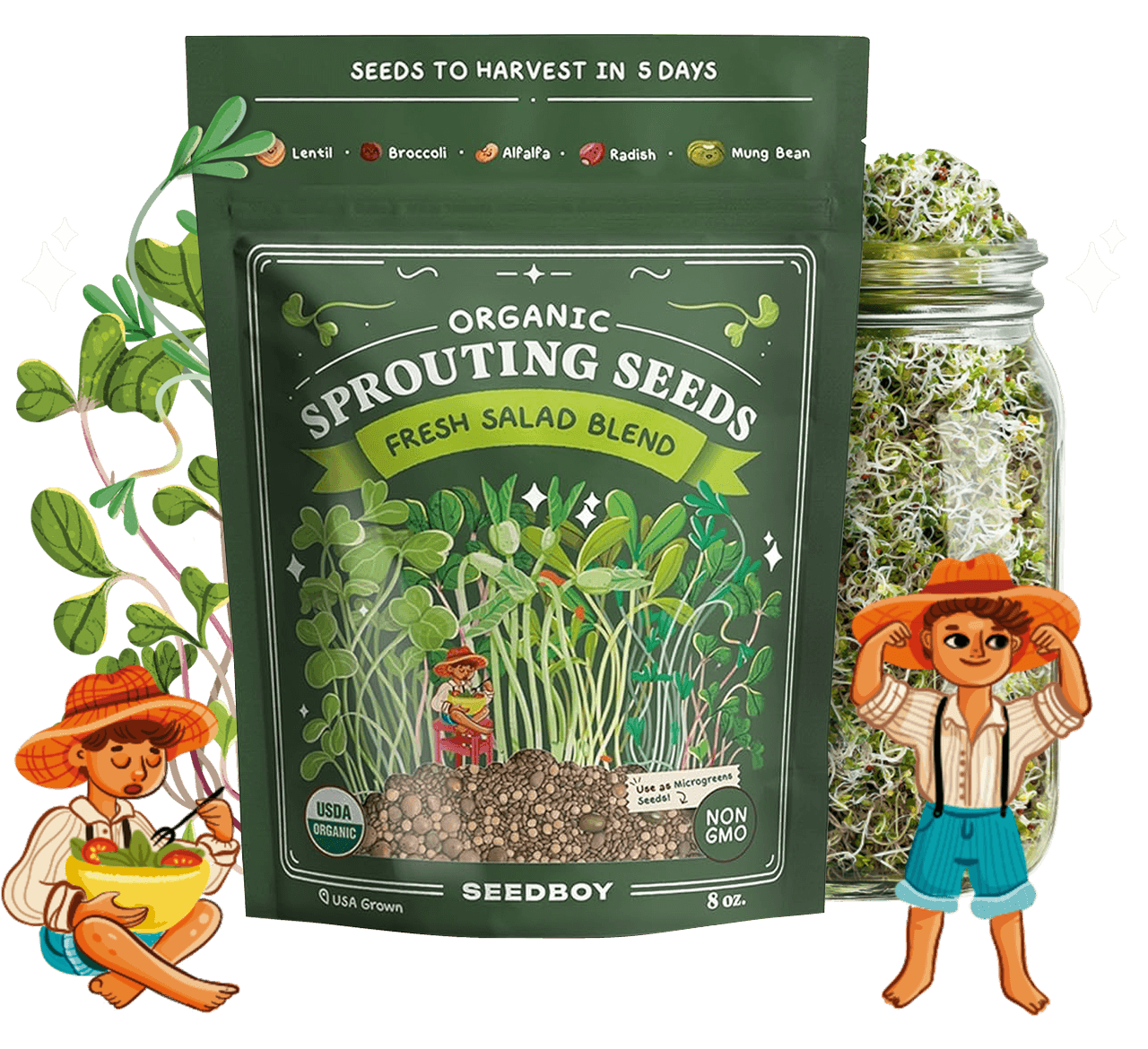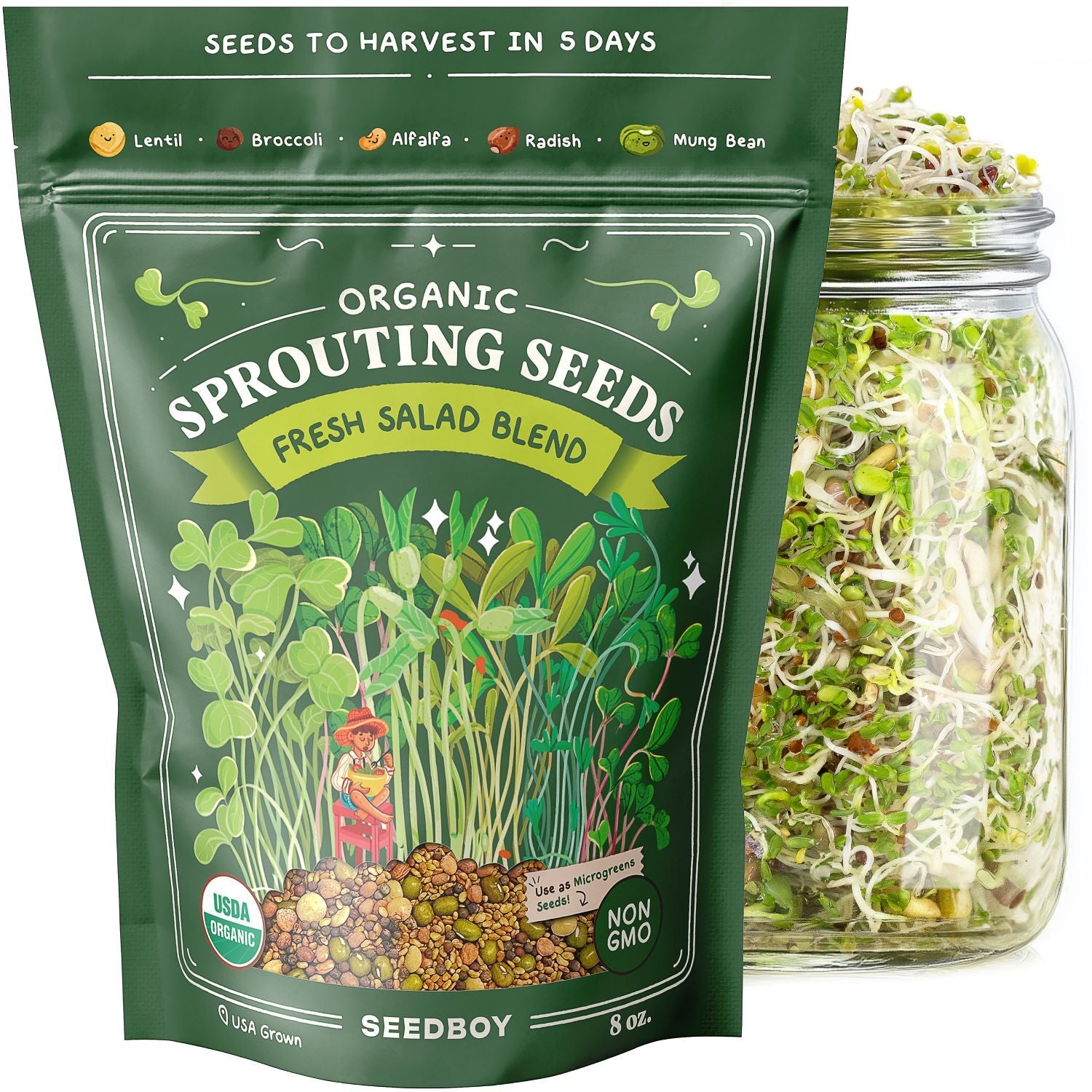
GROW GUIDE
Slow Bolt Cilantro
Coriandrum sativum
Plant Description
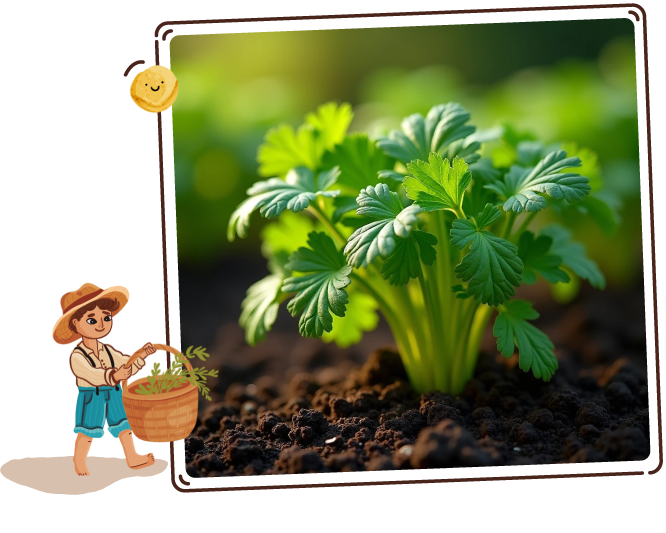
Slow Bolt Cilantro
An essential herb in global cuisines, cilantro features broad, flat leaves and a bright green color. It exudes a pungent, citrusy flavor often described as fresh and tangy.
Cilantro is particularly favored in Mexican, Asian, and Indian dishes, where its leaves and stems are used to add a vibrant, aromatic lift to spicy foods and salsas.
Quick Facts:
-

Sun Requirements
Full Sun
-

Days To Sprout
7-10 Days
-
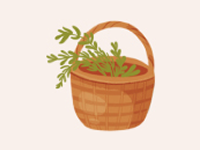
Days To Harvest
50-55 Days
-
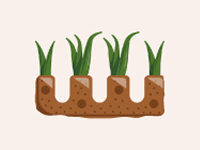
Plant Spacing
3"
-
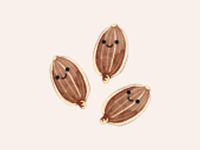
Seeds Per Hole
3
-

Planting Depth
1/2"
Best Planting Locations
-

Windowsills
Ideal for small herbs, providing adequate sunlight.
-

Raised Beds
Provides good drainage and ample space for roots.
-

Indoor Gardens
Utilizes grow lights to ensure year-round growth; perfect for consistent conditions.
-

Containers
Allows for easy control of soil and moisture; portable.
Getting Started

-
1
Find the Spot
Grows best in cool conditions but needs full sun or light shade in hotter climates. If growing indoors, a window that offers ample morning light is ideal.
-
2
Prep the Soil & Fertilizer
Use well-draining, fertile soil. Mix in organic compost to enhance nutrient content. It does not need much fertilizer; too much can diminish its flavor.
-
3
Plant the Seeds
Before planting, gently crack the outer husk of the cilantro seed by squeezing 2 seeds together.
Then, soak the seeds in water for 12-24 hours. Remove seeds from water and allow to dry on a paper towel.
Plant 3 seeds in each hole about 1/2" deep. During germination, keep the soil consistently moist, but not waterlogged, and place in a bright location.
Cilantro germinates best with a soil temperature between 55° to 70° F. Space seedlings or plants about 3 inches apart. The plant's leaves will shade the roots and prevent the plant from bolting.
Good Neighbors:
-
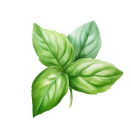
Basil:
Similar growing needs
-

Beans:
Legumes, like beans, naturally add nitrogen to the soil
-

Dill:
Similar growing needs, increase natural pest control
-

Spinach:
Cilantro's aromatic presence might deter pests from spinach
-

Tomato:
Tomato offers needed shade to cilantro and often lengthens cilantro’s growing season by keeping it cool and slowing its bolting process
Enemy Plants:
-
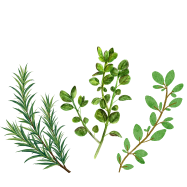
Oregano, Rosemary, Sage & Thyme
Require drier soil conditions than cilantro
Attractants:
-
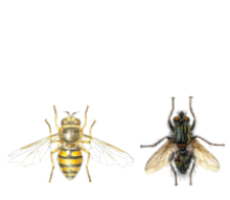
Hoverflies:
Attracted to cilantro's flowers
-
Tachinid flies:
Feed on nectar from small flowers, like cilantro
Repellents:
-

Aphids
Dislike aromatic herbs like cilantro
-

Spider mites
Repelled by cilantro's aroma
-
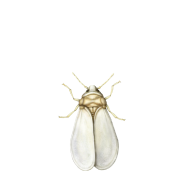
Whiteflies
Repelled by cilantro's aroma
Best Time to Plant
USDA Hardiness Zones

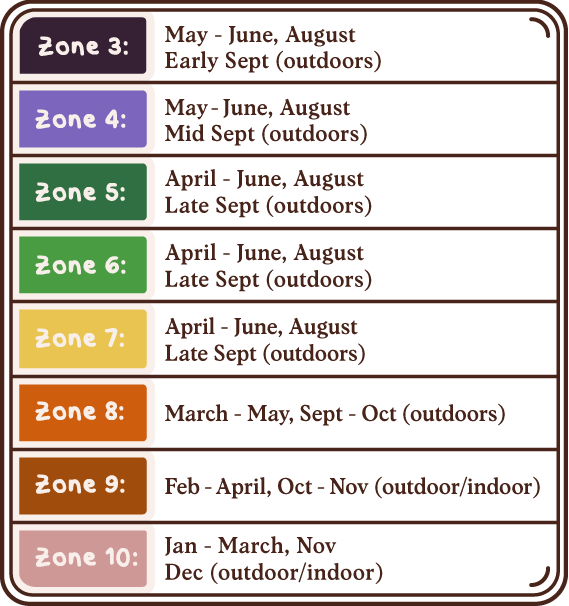
Day to Day Maintenance

-
Watering
Likes moist soil but it is important to avoid waterlogging. Water it regularly, especially in hot, dry conditions, to keep the soil evenly moist. Ensure that the pot or ground has good drainage.
-
Pruning
Does not typically require pruning as the plant will naturally bolt and go to seed. Harvest leaves as needed, which also helps to delay bolting. Once the plant flowers, it will stop producing leaves, so regular harvesting is beneficial.
The Harvest
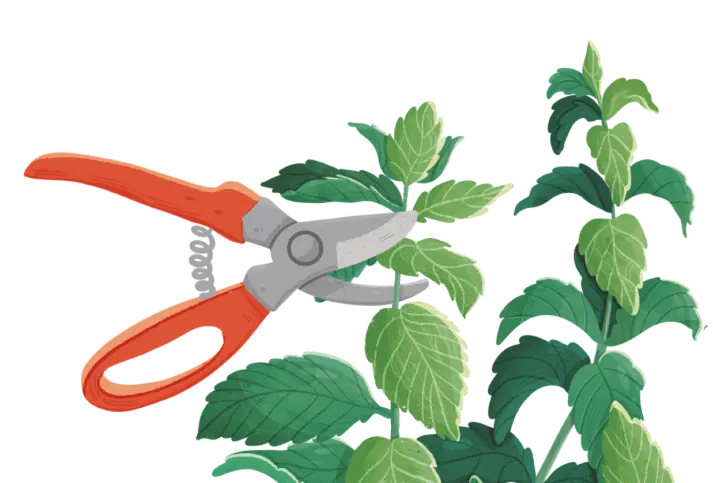
-
Gathering
Harvest leaves by cutting them off at the stem. You can start harvesting when the plant is about 6 inches tall. Frequent harvesting can help to prolong the vegetative state and delay bolting.
-
Harvest in the morning when its aromatic compounds are most concentrated, providing the freshest flavor.
Favorite Uses
-
Salsa
-
Guacamole
-
Salad
-
Soup
-
Ceviche


How to Store
-

Refrigeration
Duration: One Week
Location: Store in the refrigerator
Method: Wrap loosely in a damp paper towel and then place it in a plastic bag. Store in the vegetable drawer.
-

Freezing
Duration: Several Months
Location: Store in the freezer
Method: Chop and freeze in ice cube trays with water or olive oil, or store whole leaves in freezer bags.
-
Oil Preservation
Duration: Several Months
Location: Refrigerator
Method: Submerge chopped cilantro in olive oil in an airtight container; refrigerate and use as needed for cooking.
-
Vinegar Preservation
Duration: Several Months
Location: Cool, dark place
Method: Submerge in vinegar to preserve and infuse the vinegar with its flavor, ideal for adding to dishes.
Fun Facts

-
Love or Hate
Cilantro often elicits a love-or-hate reaction due to a genetic trait in some people that makes it taste like soap.
-
Ancient Provisions
Cilantro seeds, known as coriander, have been found in ruins dating back to 5000 BC, making it one of the oldest herbs still used in modern cooking.
-
Detoxifying Properties
Cilantro is known for its detoxifying properties, particularly in removing heavy metals from the body.
Subscribe to our Newsletter: "The Small Garden Chronicles"
Where curious growers gather for garden inspiration.
